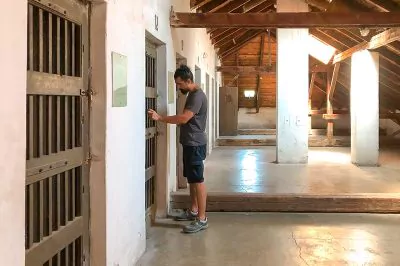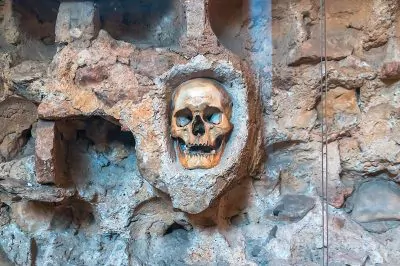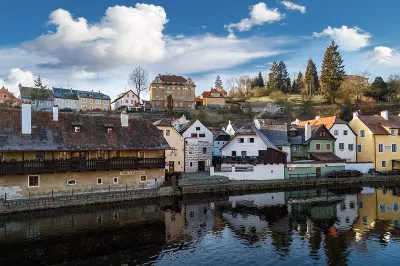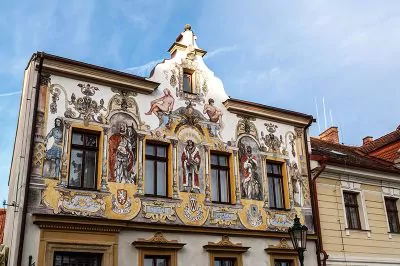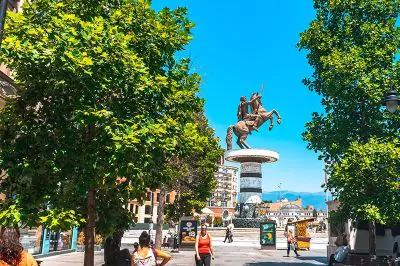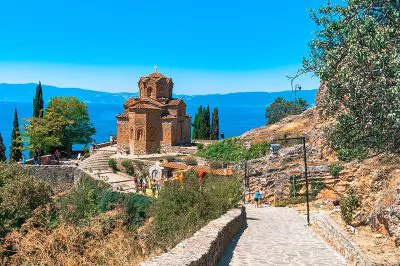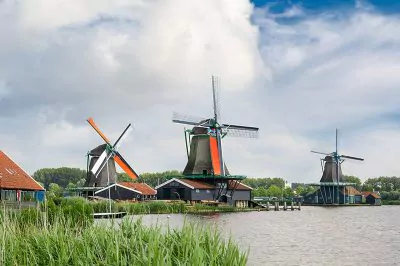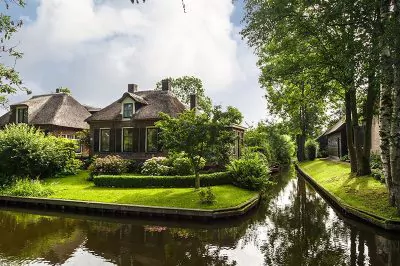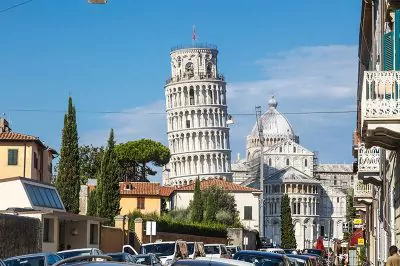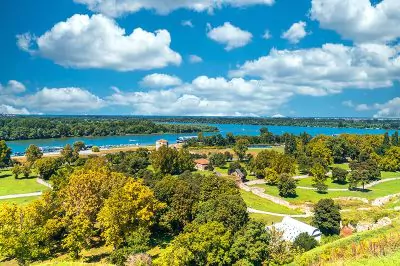Best 1 Day Itinerary in Nis Serbia
When planning a trip to Niš, it is necessary to plan a trip consisting of two remote points and a center. You may think that you need to go to two different points from the center towards Memorial Park Bubanj and Kelle Tower.
Plan your day accordingly. You can start at one and end at the other, or you can visit the center and then go back and forth to visit both points. See details on the map above.
Kelle Tower
As a result of a revolt by Serbian soldiers, Ottoman soldiers killed Serbian soldiers and built the Tower of Heads from their skulls, which can still be seen today.
A church was built around this tower, which reveals the evil side of history, to protect it. Because according to them, this monument is a symbolic monument that tells the difficulties on the road to freedom and independence.
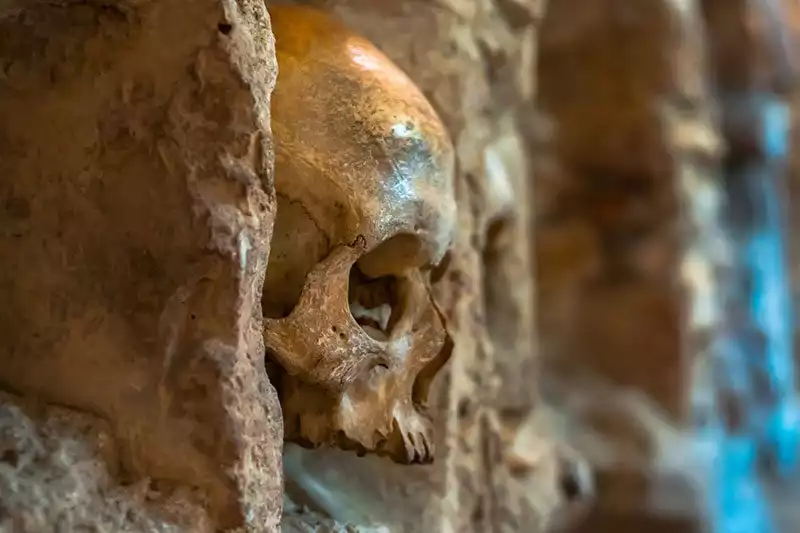
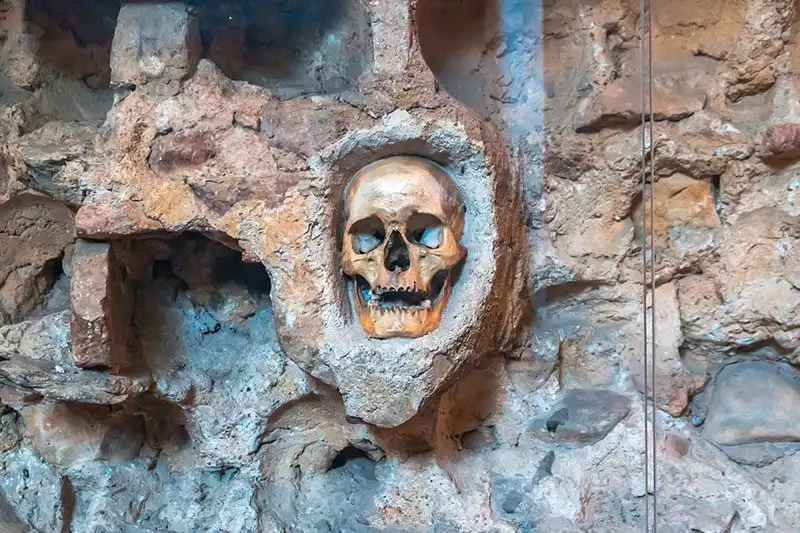
King Milan Square
As in every city, Nis also has a square. This square, called King Milan Square, is the busiest and most popular place in the city. King Milan is of great importance as he was the one who developed the city, helped it gain independence, built the army and the city’s railroad. In the center of this central square you can see a statue of King Milan on a horse. However, the square was under construction when we visited.
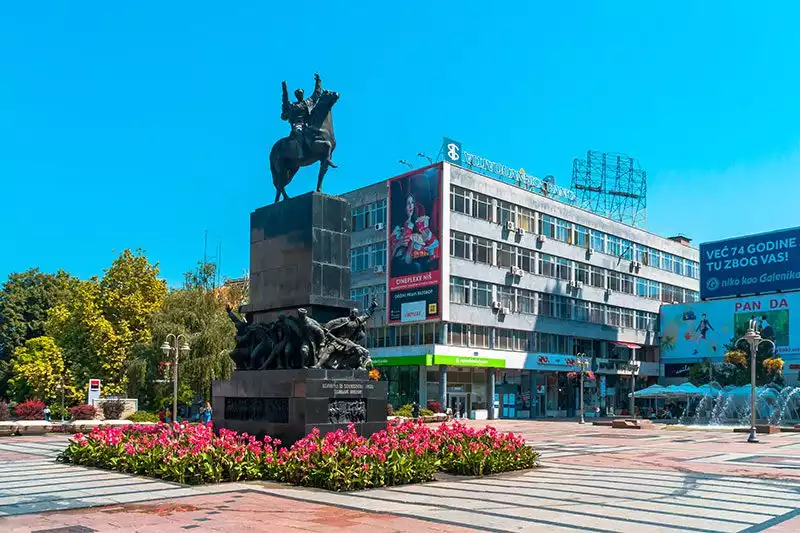
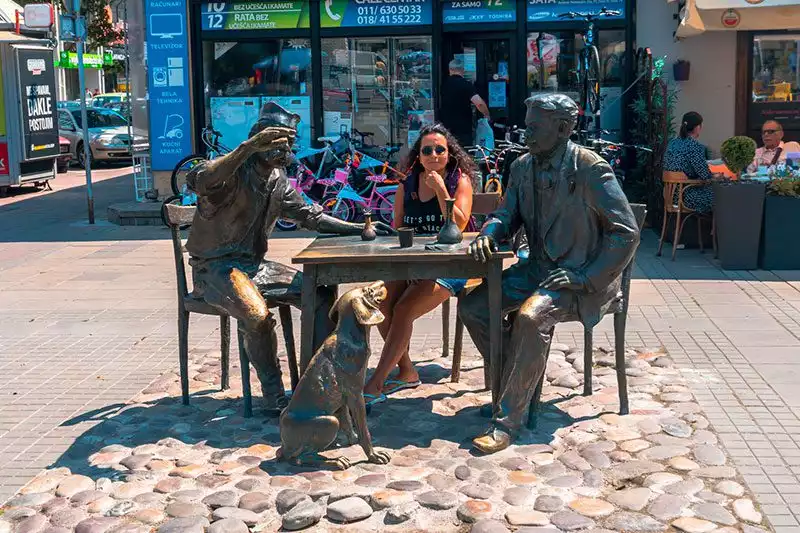
Obrenoviceva Street, which connects to the main square of the city, is very popular, just like Istiklal Street. It is lively day and night. This street, which is suitable for shopping, leads to King Milan Square and then to the Istanbul Gate entrance of Nis Fortress.
Nis Fortress
After the Roman and Byzantine occupation, Nis Castle was used as a military site by the Ottomans in the 18th century. The entrance to the castle, the Istanbul Gate, is still standing in all its beauty. When you enter the castle, you will see the remains of a few buildings such as the Turkish bath, which today serves as a restaurant, and the Bali Bey Mosque, whose minaret has been demolished. There is also a small area called Lapidarium where stone artifacts such as sarcophagi, tombstones and statues from the Roman and Byzantine periods are exhibited.
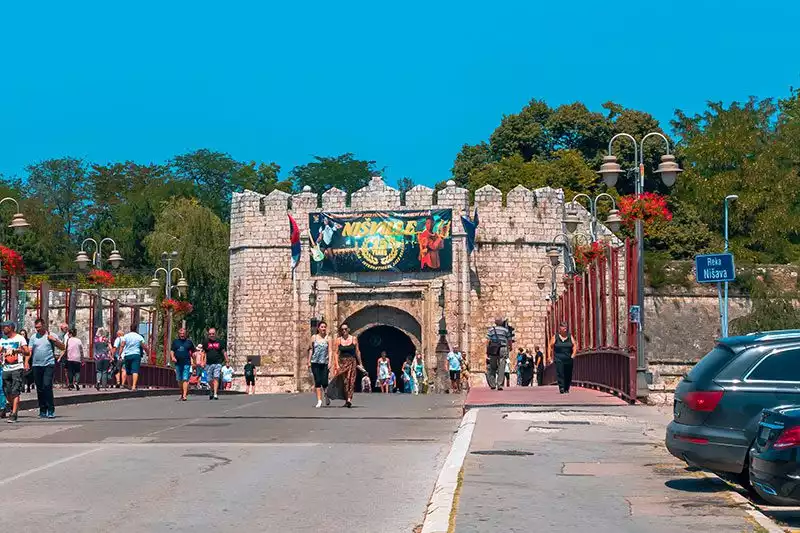
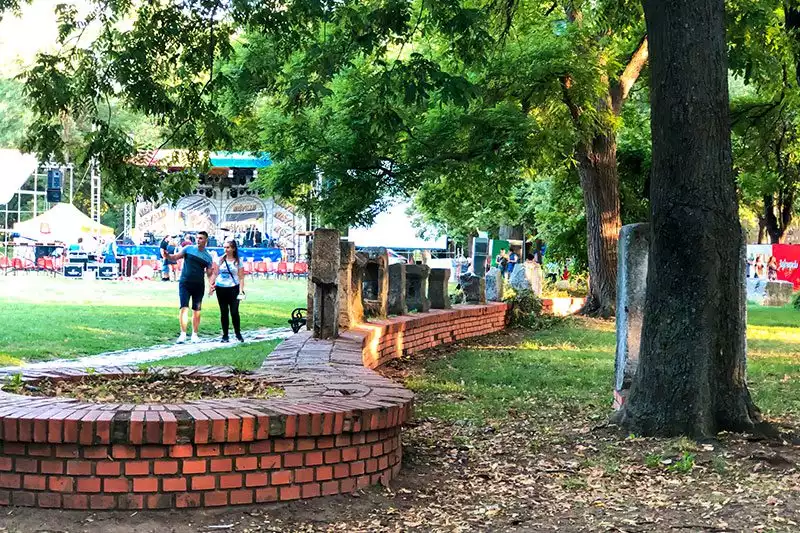
It is used more as an entertainment venue and a festival area than a castle. There are places where you can walk among the trees and a natural environment where you can have a good time and relax in the evenings.
Red Cross Nazi Concentration Camp
Within 1 km of the Nis Castle is one of the concentration camps where people were tortured, tortured and executed. The Red Cross Nazi Concentration Camp, which was built as a concentration area during World War II, is now open to visitors as a museum. It is both close to the center and the entrance fee is affordable. Be sure to visit it.
National Museum of Niš
The National Museum of Niš, where you can find artifacts on the historical development of Niš in the field of archaeology and ethnography, is not a big museum. You will mainly see archaeological artifacts. Along with small sculptures, jewelry, vessels, necropolises are also given importance. You can get information about models of necropolis types and types of historical tombs.
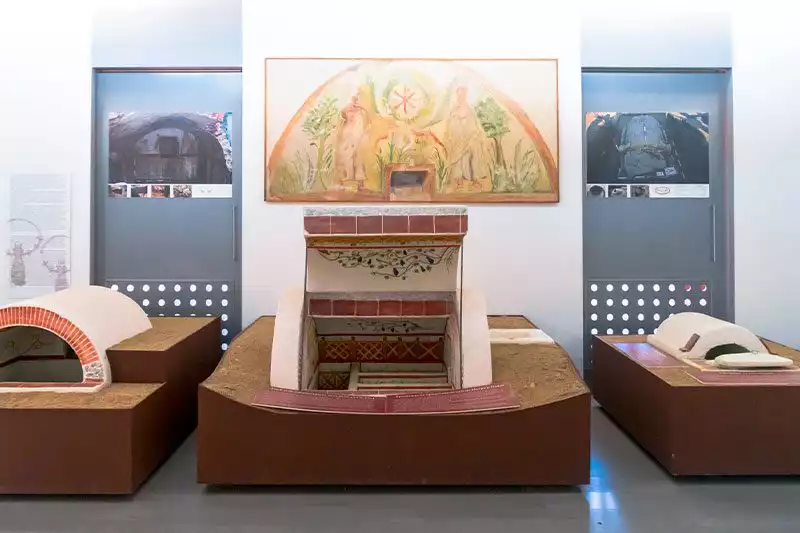
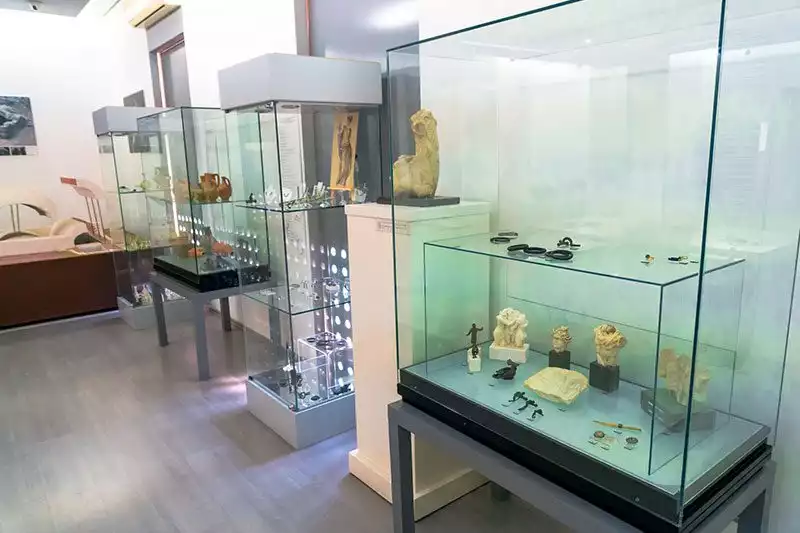
Memorial Park Bubanj
There is a forested area in Bubanj Hill on the south side of the city of Niš. This is an area surrounded by trees and walking paths made of pebbles. You do not have to pay any fee for entrance.
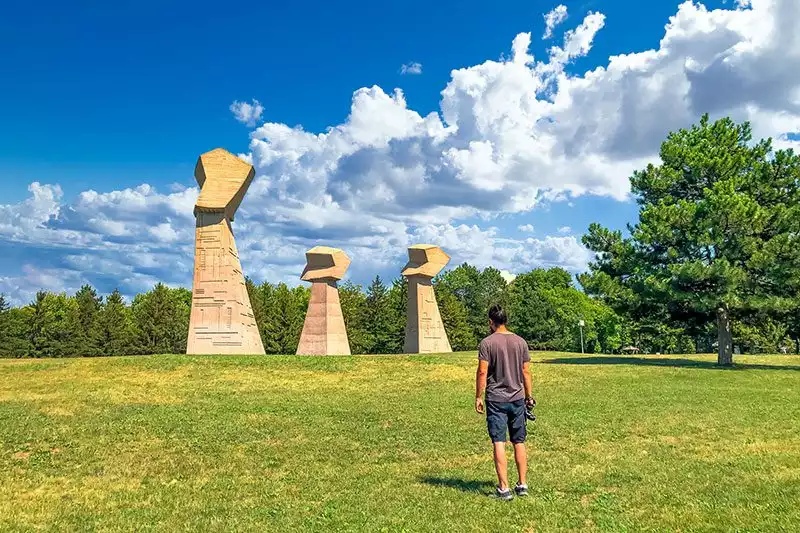
If you have been to the Red Cross Nazi Concentration Camp, you have seen or read that about 10,000 people were killed there. That’s how many people were executed in the wooded area on this hill. In the middle of the hill or the wooded area is a monumental statue. It consists of three gigantic fists and was built in 1963 to commemorate the 10,000 people who were executed in this area during the Second World War. The marble next to these statues depicting men, women and children begins with depictions of oppression and violence and ends with scenes of victory and resistance.
